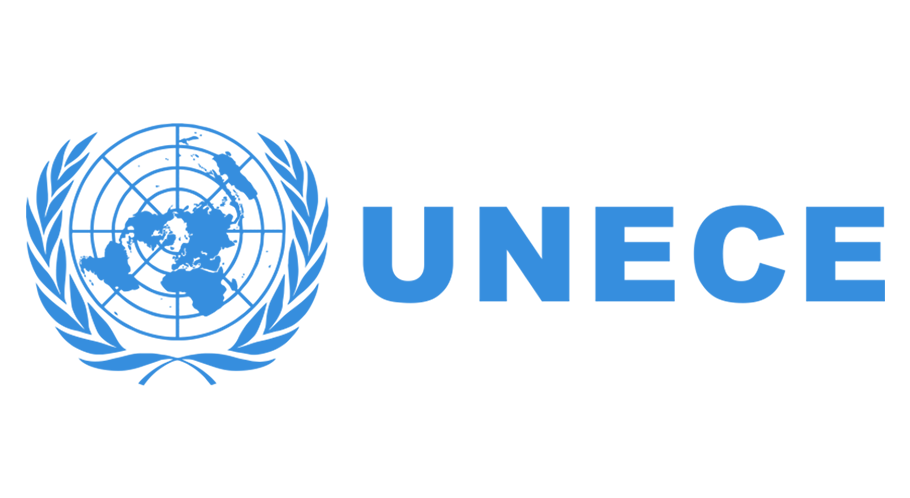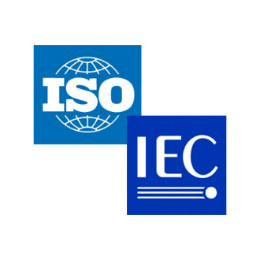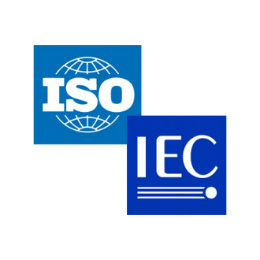Available (1690)
Showing 1453 - 1464 per page
Business Requirements Specification Cross Industry Scheduling Process v2.0
This BRS details the requirements for the Scheduling processes. The scheduling process supports various demand and supply modes, such as Kanban, Synchronized, MRP or VMI (CPFR).

Supply Chain Reference Data Model (SCRDM)
|
The development by theUnited Nations Centre for Trade Facilitation and Electronic Business(UN/CEFACT)of Reference Data Models (RDMs) paves the way for thisrequired new approach. The RDMs being developed by UN/CEFACT are applicable to specificsegments of the e-business arena and are based on UN/CEFACT standardized business semantics. In summary,“anRDM providesa consolidated list of standardized data and processes for use in a particular business domain, which are globally understandable and exchangeable between parties using common standard data exchange structures.”
|

SFF Technology Affiliate
The SNIA SFF Technology Affiliate (TA) Technical Work Group (TWG) work items include the development of technical specifications as SNIA Architecture for storage media, storage networks, and pluggable solutions that complement existing industry standards work that encompass cables, connectors, form factor sizes and housing dimensions, management interfaces, transceiver interfaces, electrical interfaces, and related technologies. The specifications enable technology vendors to procure compatible, multi-sourced products and solutions

Scalable Storage Management (SSM) TWG
The SSM TWG is a technical work group of the SNIA Technical Committee defining the Swordfish specification that extends the Distributed Management Task Force (DMTF)'s Redfish specification (API) to handle the emanagement of storage equipment and storage services found in modern data centers.
The target market for this interface is Cloud and Web-based IT professionals for scalable storage management and related data services. Within this community, the focus is on usability by non-computing science degree personnel. The interface should be simple to use, accessible, and compatible with the existing tool chains and with modern transports.

Object Drive TWG
The Object Drive TWG was created for the purpose of establishing architectures and standards for disk, solid state and tape drive based functionalities that allow them to be higher level storage nodes in emerging scale out solutions. The TWG creates specifications that enable scale out storage systems to add and remove these nodes incrementally and seamlessly. These specifications are vendor agnostic and support existing and future functionality in drive form factors.
The Object Drive TWG:
Acts as the primary technical entity for the SNIA to identify, develop, and coordinate standards for Object Drives operating as storage nodes in scale out storage solutions.
Produces a comprehensive set of specifications related to data and control path interfaces and protocols.
Promotes interoperability among Object Drive software hosting environments

NVM Programming TWG
The NVM Programming TWG was created for the purpose of accelerating availability of software enabling NVM (Non-Volatile Memory) hardware. The TWG creates specifications which provide guidance to operating system, device driver, and application developers. These specifications are vendor agnostic and support all the NVM technologies of member companies.

Linear Tape File System
SNIA's Linear Tape File System (LTFS) Technical Work Group is focusing technical efforts on the development of an architecture that is related to the on-tape format for LTFS. The architecture also produces a comprehensive set of specifications ensuring a consistency of interface standards across LTFS related efforts.
LTFS refers to both the format of data recorded on magnetic tape media and the implementation of specific software that uses this data format to provide a file system interface to data stored on magnetic tape

I/O Traces, Tools & Analysis TWG
The primary focus of the I/O Traces, Tools, and Analysis (IOTTA) TWG is to create a worldwide repository for storage-related I/O trace collection and analysis tools, application workloads, I/O traces, and best practices around such topics. That repository is located at http://iotta.snia.org
The I/O traces of interest to the IOTTA TWG include those up at the host (e.g., system call, file system), those involving a file server (e.g., NFS, CIFS) and those at the "transport level" (e.g., SCSI, Fibre Channel). I/O traces of application workloads along with the analysis and definition of common, recommended semantics and formats for I/O traces are also specific areas of focus for the TWG. Standardized I/O trace formats/semantics will enable the development and use of common I/O trace collection and analysis tools as well as facilitate the sharing of the I/O traces themselves.
The IOTTA TWG is for those interested in the use of empirical data/metrics to better understand the actual operation and performance characteristics of storage I/O, especially as they pertain to application workloads. This includes not only storage vendors but also storage users as well as those within the academic community who are performing research related to storage I/O and storage devices.

Computational Storage TWG
The Computational Storage TWG was created for the purpose of establishing architectures and software for storage, disk, and solid state device based functionalities that allow them to be integrated with Computation in its many forms. This TWG creates software and standards that enable specific features for these devices that meet the requirements of stakeholders with these computational needs.



